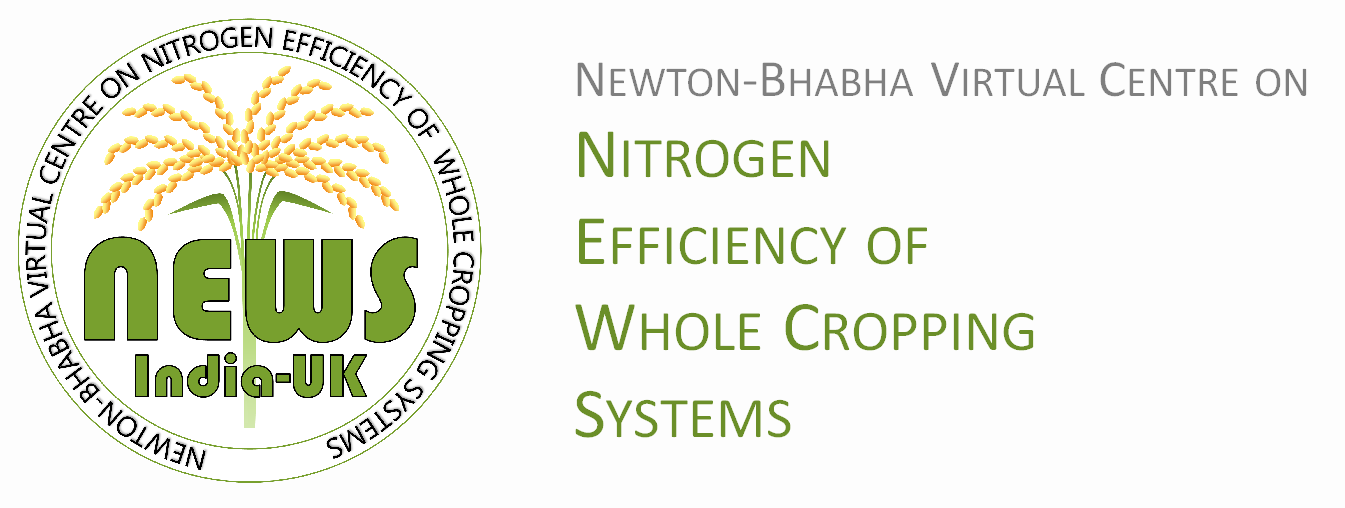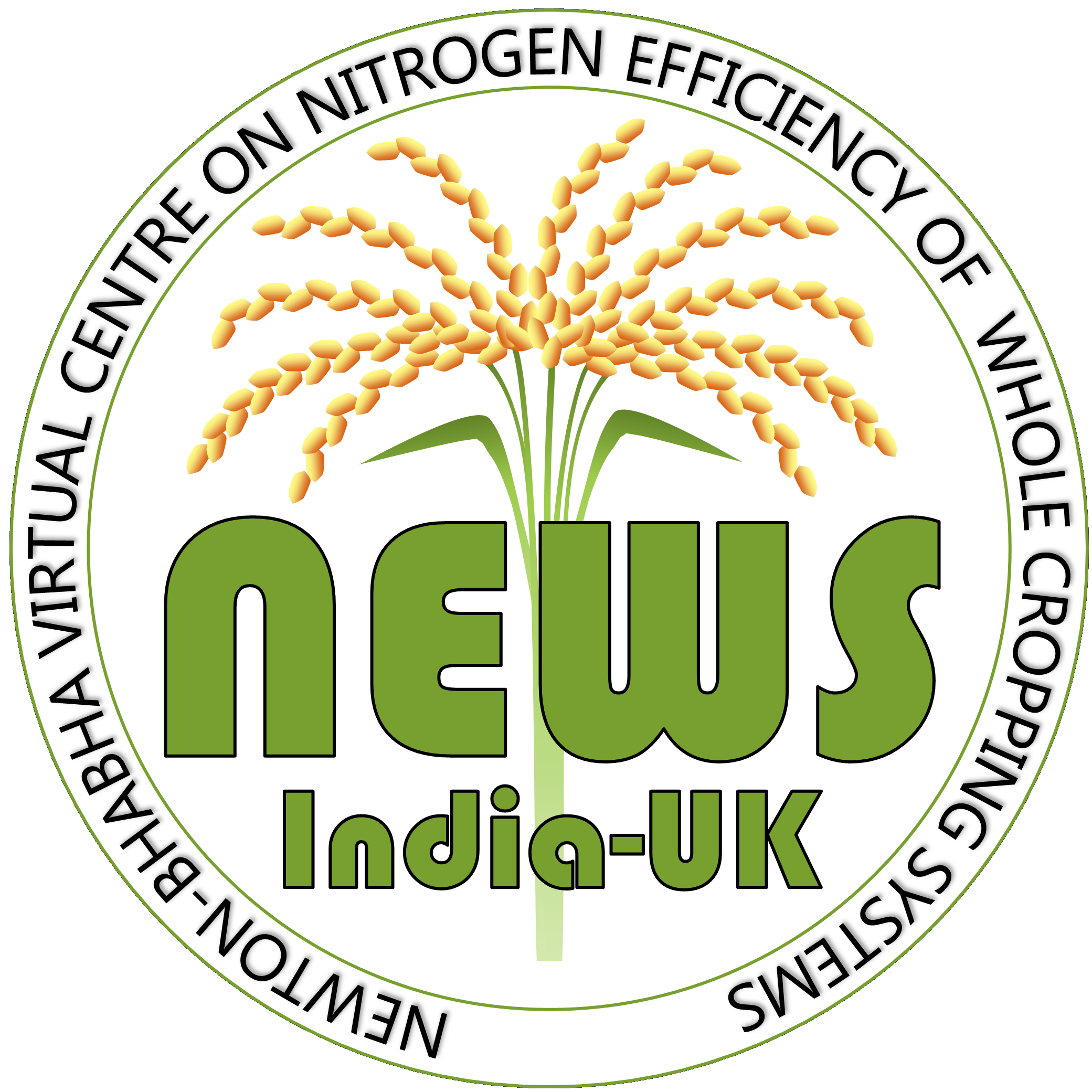Fellowship report by Arti Bhatia
My fellowship was offered on the topic “Atmospheric ammonia flux measurement”. I received guidance from Prof. Ute Skiba, at the Centre for Ecology and Hydrology, Penicuik, Scotland, United Kingdom. Initially, I was provided training in ALPHA and DELTA sampling methods (low cost approaches for ammonia flux measurement) and in laboratory analysis of dilute ammonium concentrations in aqueous solution for ammonia flux measurements. During the training, the preparation, standardisation and analysis of the samplers were carried out. The analysis for ammonia concentration was done on the AMFIA flow injection analyser. I received training in the preparation of standards and measurement of flows, with a focus on learning the instrument.
Visiting the Scottish Highlands
With Dr. Ute Skiba at Castlelaw Hill Fort
Later on, I analysed ALPHA samplers, that were installed over rice fields at NRRI, Cuttack. I had brought the samplers to the UK from the NEWS experimental plots in Cuttack for ammonia analysis. The analysis was carried out on the ammonia flow injection analyser AMFIA. The results of the ammonia concentrations at the experimental plots will be interpreted using the FIDES model measurement approach. I was also trained in another technique of ammonia flux measurement, using a quantum cascade laser (QCL). The QCL method of ammonia and nitrous oxide measurement using dynamic chamber method was explained by Dr. Nick Cowan and the linear and non-linear interpolations of the gaseous emissions by Dr. Peter Levy.
In a meeting with Dr. Kirsty Topp, a systems modeller at Scottish Rural and Agricultural College, Edinburg University, we discussed the different versions of the DNDC model, which can be used to simulate the emission of greenhouse gases from agricultural fields. Furthermore, the limitation, scope and data requirement for landscape DNDC and mobile DNDC were discussed, together with their suitability for upscaling GHG emissions to reduce the uncertainity in the Indian agricultural inventory.
Visiting the Scott Monument in Edinburgh
In addition to my research work, during my visit, I also attended a two day conference on air pollution, the “Committee on Air Pollution Effect Research (CAPER) Conference 2017” at the Department of Agriculture, Newcastle University. The conference was related to different aspects of air pollution and their impacts on agriculture. Overall, this experience has sharpened my skills and it would definitely strengthen my ongoing research programmes at ICAR-IARI, New Delhi, India on increasing nitrogen use efficiency and reducing uncertainty in the inventories of gaseous emissions from the agricultural sector.
Enjoying the Millenium bridge on river Tyne in Newcastle
Overall, my experience in Scotland was really enjoyable. Scotland is a beautiful country and I had a great time visiting the famous highlands of Scotland and the shore at North Berwick. I had a really pleasant and memorable time having dinner at the homes of Dr. Julia Drewer, Dr. Ulli Dragosits and Professor Mark Sutton. I really want to thank them for their hospitality. All the staff at CEH was extremely helpful and co-operative especially, Dr. Ulli. Owing to her arrangements, our stay and our visit to Scotland was extremely comfortable.
Having dinner with Prof. Mark Sutton and his family
Arti Bhatia


